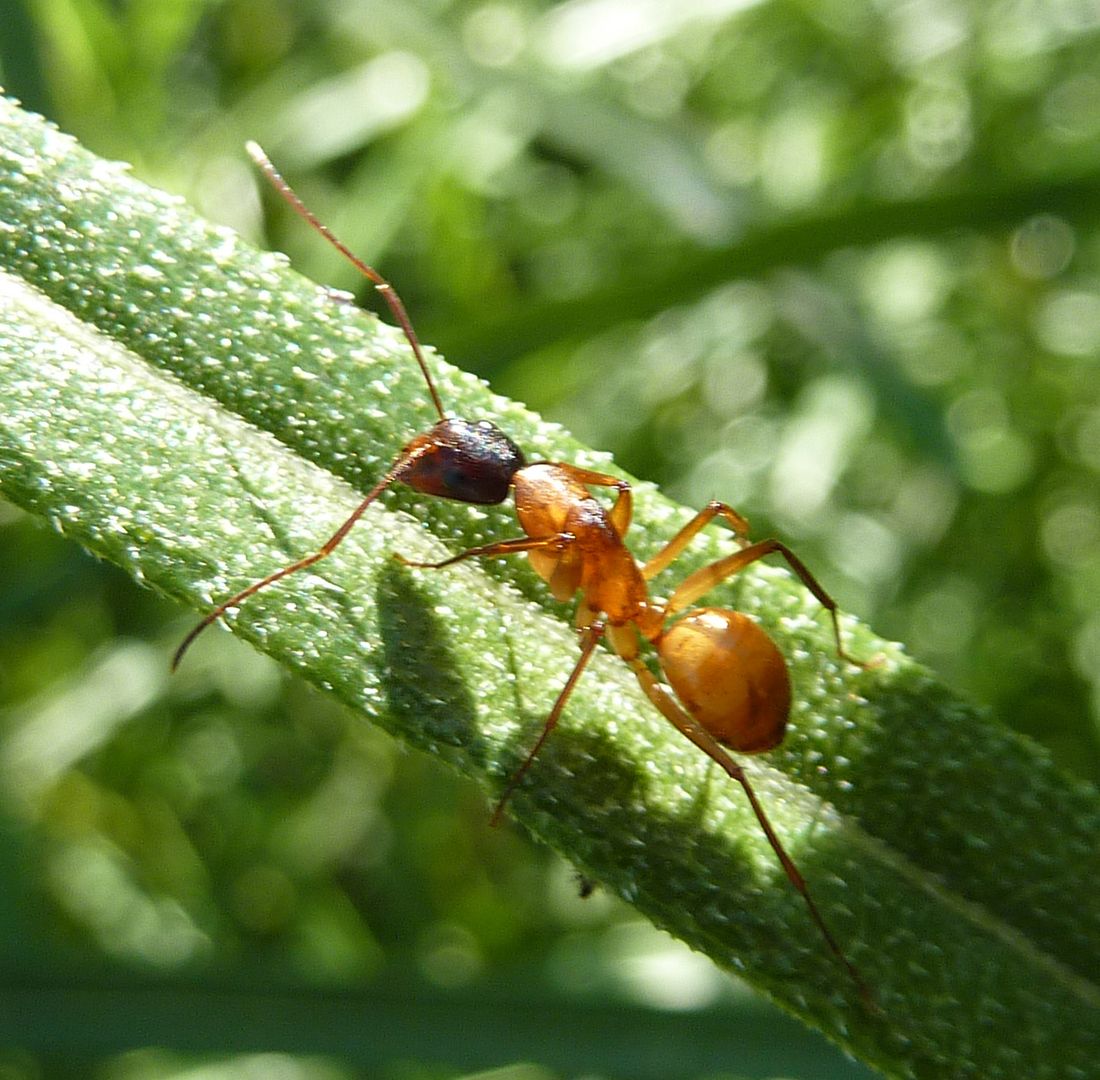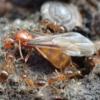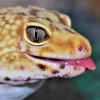- Formiculture.com
- Forums
- Gallery
- Members
- Member Map
- Chat

Camponotus Castaneus
Started By
Dotdispenser
, Apr 22 2018 5:32 PM
6 replies to this topic
#1
 Offline
-
Posted April 22 2018 - 5:32 PM
Offline
-
Posted April 22 2018 - 5:32 PM
Hey all!
I live in East Tennessee and my dream ant species is Camponotus Castaneus. I do know that we have this species here locally. However, I’d like to know:
1) Where do they typically nest? I know they’re typically ground nesters, but do they nest under rocks, dig, etc.?
2) When’s the best time to look for the queens (month, time of day, weather, etc.)?
3) Do they have to have any special care once caught?
Sorry for all of the big, long questions. This is my dream species and one of my biggest goals this year is to catch and successfully raise a queen of this species. Thanks for any help!!
I live in East Tennessee and my dream ant species is Camponotus Castaneus. I do know that we have this species here locally. However, I’d like to know:
1) Where do they typically nest? I know they’re typically ground nesters, but do they nest under rocks, dig, etc.?
2) When’s the best time to look for the queens (month, time of day, weather, etc.)?
3) Do they have to have any special care once caught?
Sorry for all of the big, long questions. This is my dream species and one of my biggest goals this year is to catch and successfully raise a queen of this species. Thanks for any help!!
Nurturer of:
• 1 Camponotus castaneus
• 1 Camponotus subbarbatus
• 1 Formica incerta
• 1 Formica subsericea
• 1 Crematogaster cf. ashmeadi
• 1 Crematogaster missouriensis
#2
 Offline
-
Posted April 22 2018 - 5:46 PM
Offline
-
Posted April 22 2018 - 5:46 PM
Good questions! In the future, I recommend you try to stay away from posting directly under "General"; topics like this would be more fitting under "Anting".
- I don't think there's a particular nest setting they prefer; I'd recommend you check under logs and large stones in or beside forests.
- C. castaneus flights can be easy to miss. Time of year depends on location, of course, but there are environmental cues you can watch. From my experience, they tend to fly as soon as the ambient nighttime outside temperature reaches ~75° F. Like most Campontous , C. castaneus and C. americanus fly at night; I'd recommend you look into a black light setup. They tend to have one or two major flights as opposed to many, so you have to be lucky!
- I haven't personally kept them, but I assume they are similar to most Camponotus in their keeping requirements.
Good luck with your hunting!
- MrILoveTheAnts likes this
#3
 Offline
-
Posted April 22 2018 - 6:00 PM
Offline
-
Posted April 22 2018 - 6:00 PM
C. castaneus nest in dry clay usually tangled in the roots of trees with a single hard to notice entrance several feet from the trunk. It's nice when they're under rocks and stones because entrances out on their own are sometimes just a finger-sized hole in the ground with almost no dirt around it. Ants only forage at night (though sometimes you see them on cloudy days).
They don't start to fly out until night time temperatures are well above 70F well into the night. Meaning it doesn't start to cool off until past 10:00pm.
No special care as far as I know.
A similar species, slightly more colorful, is C. americanus. Generally if C. castaneus isn't where you're looking C. americanus will be. I think they like slightly damper soils, with more loam and leaf litter to explore.
- VoidElecent and Mettcollsuss like this
North America: Ant Genera, Species List, "Native Plants for Honeybees" | My YouTube Channel
#4
 Offline
-
Posted April 23 2018 - 12:43 PM
Offline
-
Posted April 23 2018 - 12:43 PM

Camponotus americanus.

Camponotus castaneus, for some reason they really like Asian Peonies buds before they open. If you know anyone with those in their garden, might be worth it to walk past in the afternoon and see if you spot any. Tapinoma sessile and Prenolepis imparis also like the buds to these flowers.
Edited by MrILoveTheAnts, April 23 2018 - 12:44 PM.
- VoidElecent and Mettcollsuss like this
North America: Ant Genera, Species List, "Native Plants for Honeybees" | My YouTube Channel
#5
 Offline
-
Posted April 23 2018 - 1:12 PM
Offline
-
Posted April 23 2018 - 1:12 PM
1. I find them under rocks a lot. Also, look for low mounds built with large, scattered dirt granules.
2. Right now I think... I saw an alate trapped in a spider nest the other day.
3. Nope. Pretty straight forward and easy imo.
I accidentally froze all my ants
#6
 Offline
-
Posted April 23 2018 - 4:13 PM
Offline
-
Posted April 23 2018 - 4:13 PM
This is also one of my dream species. I haven't seen any yet, but these tips will be useful in my quest for them.
#7
 Offline
-
Posted April 23 2018 - 5:13 PM
Offline
-
Posted April 23 2018 - 5:13 PM
I love these species.
I find that Asian peonies are very attractive to Camponotus vicinus and novaeborecensis
Visit us at www.canada-ant-colony.com !
1 user(s) are reading this topic
0 members, 1 guests, 0 anonymous users



















